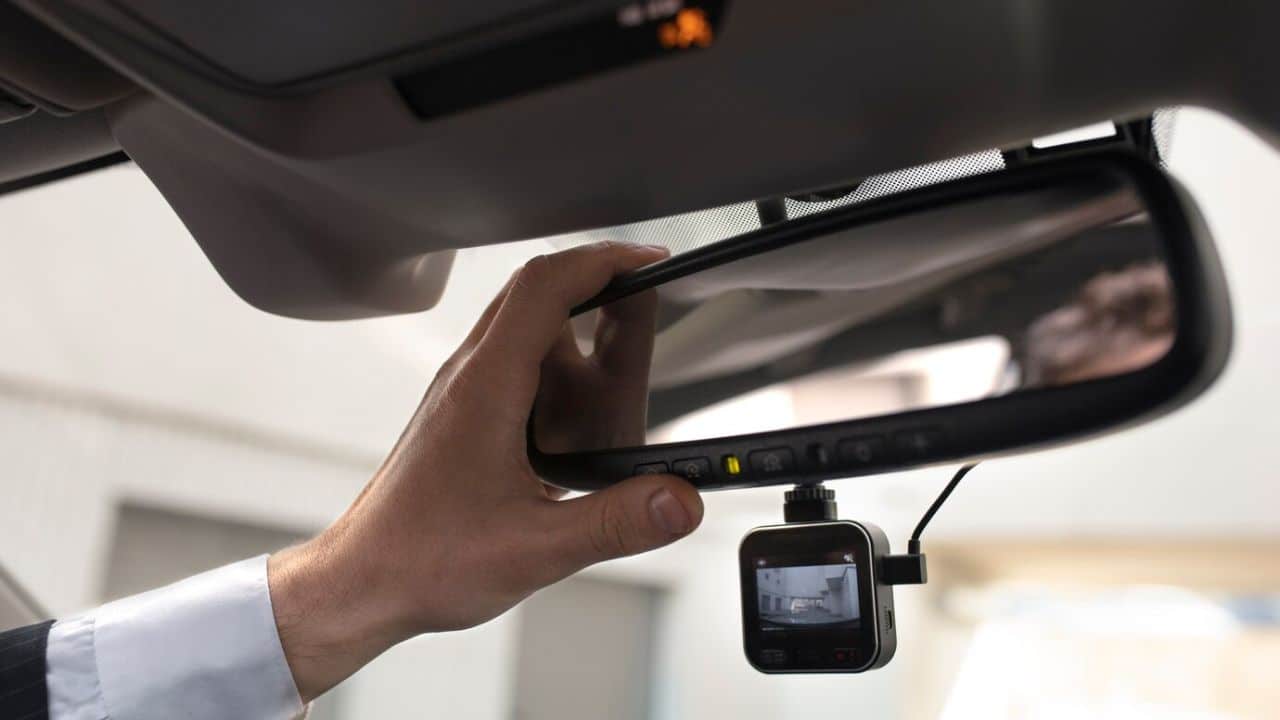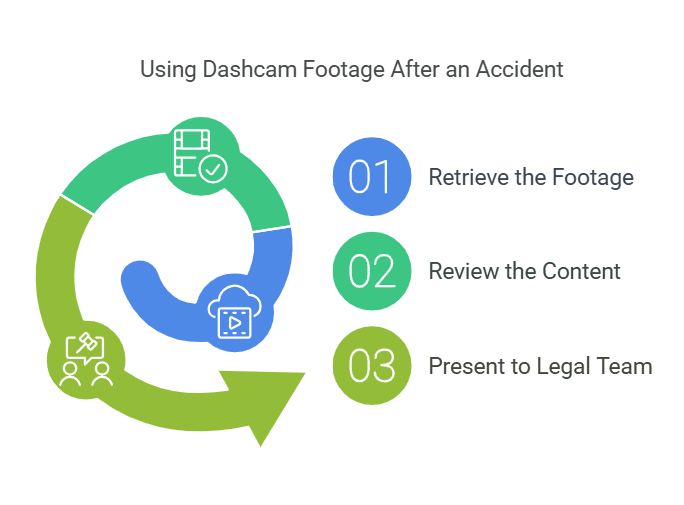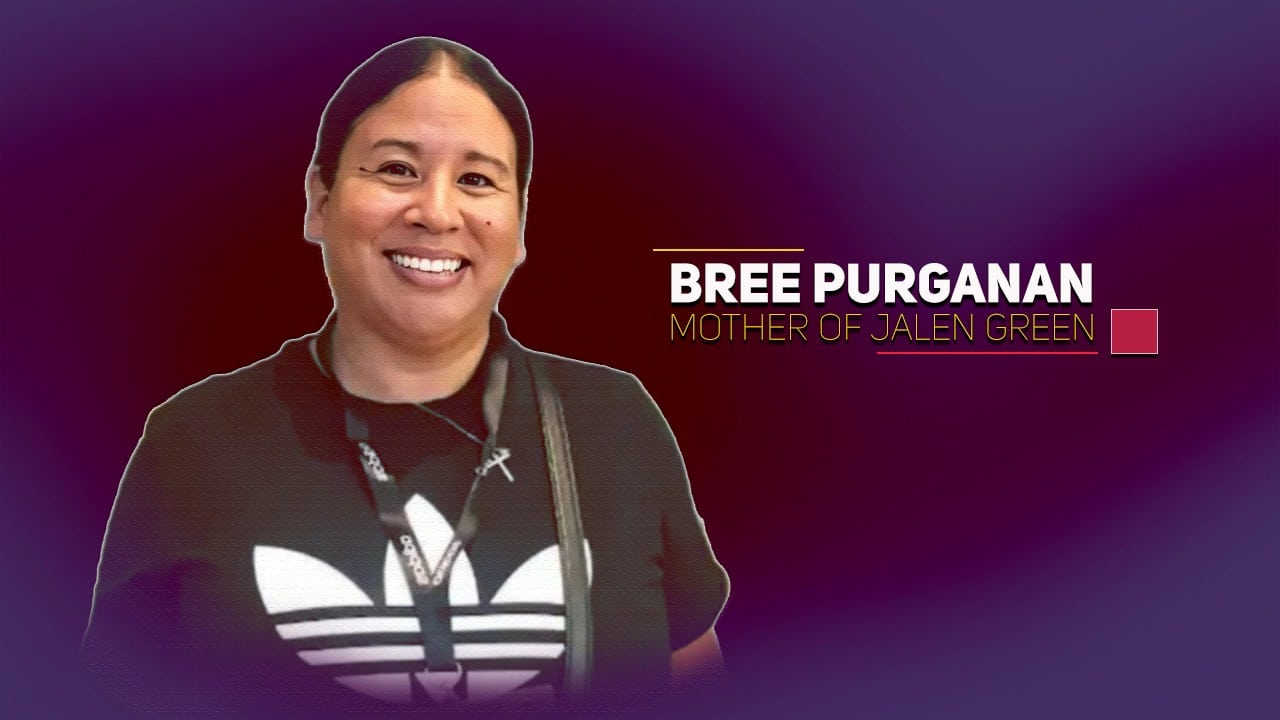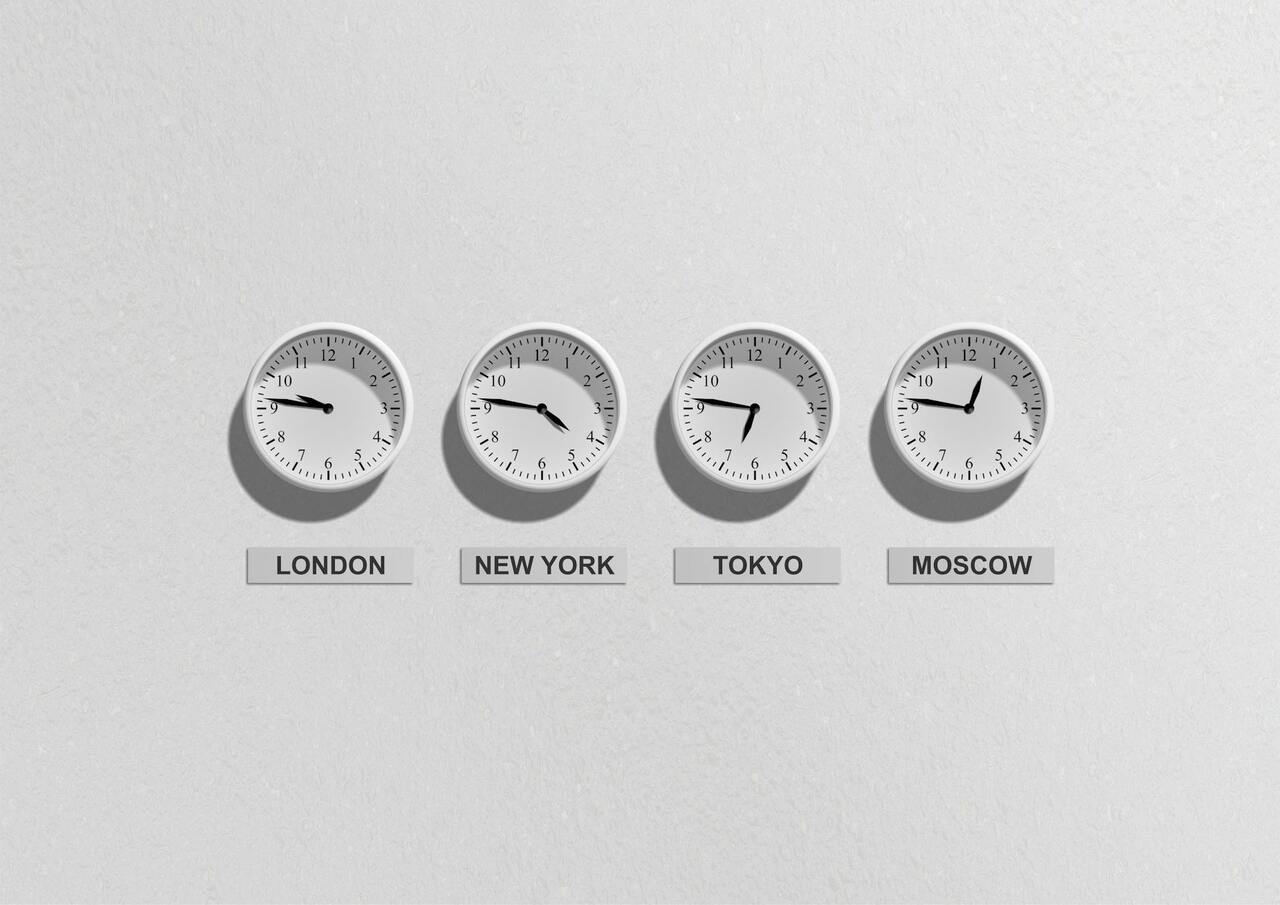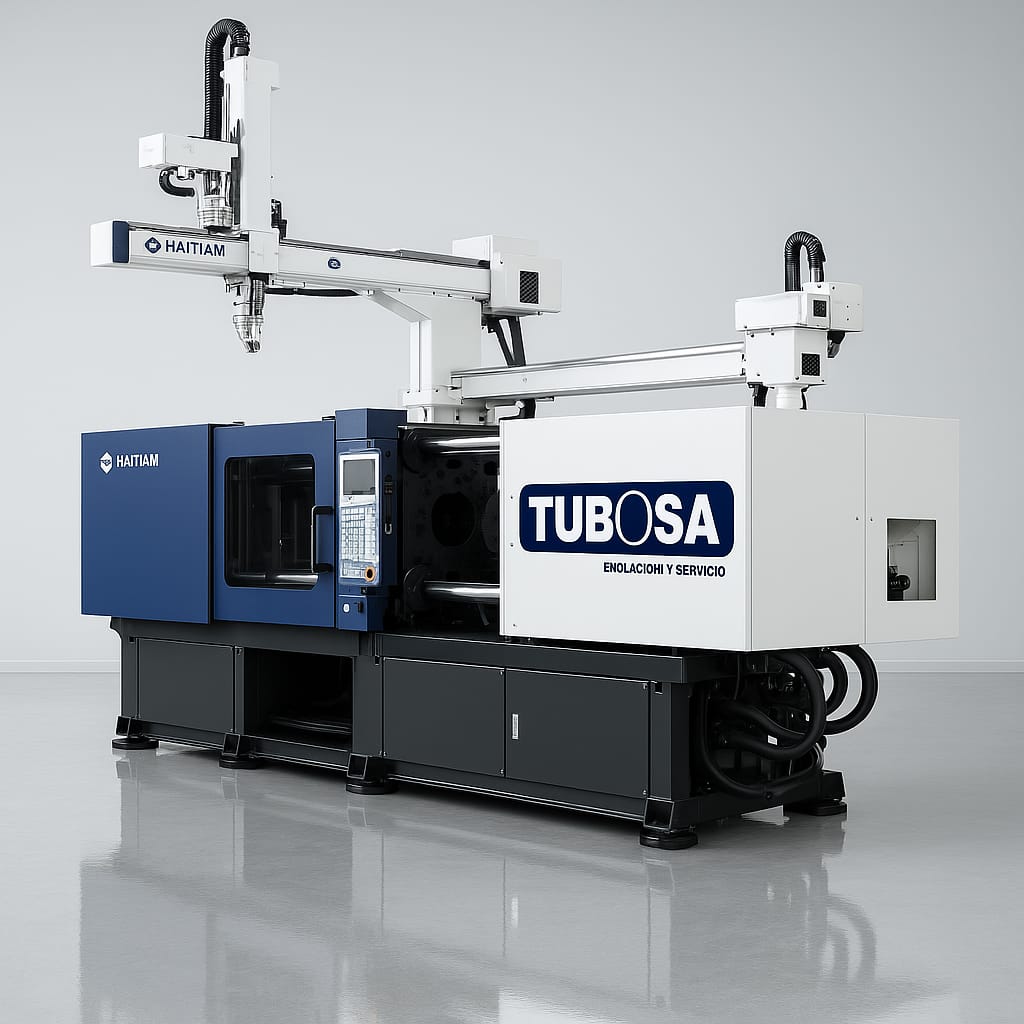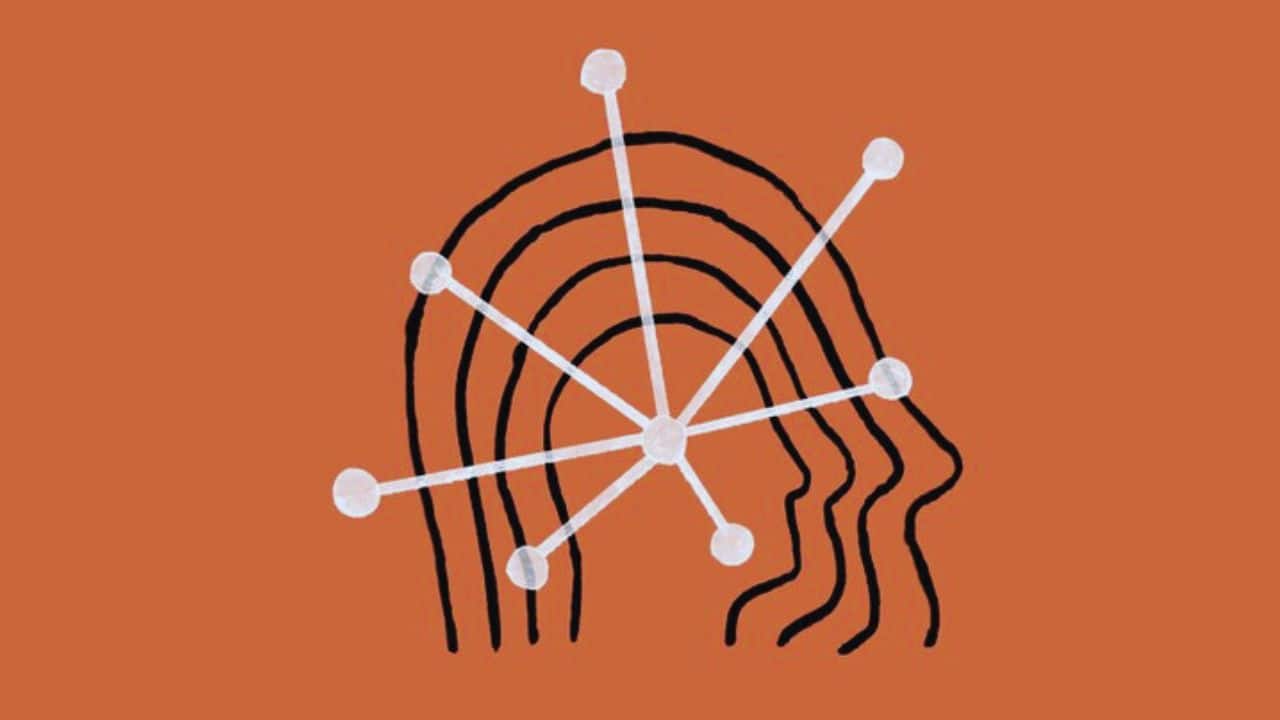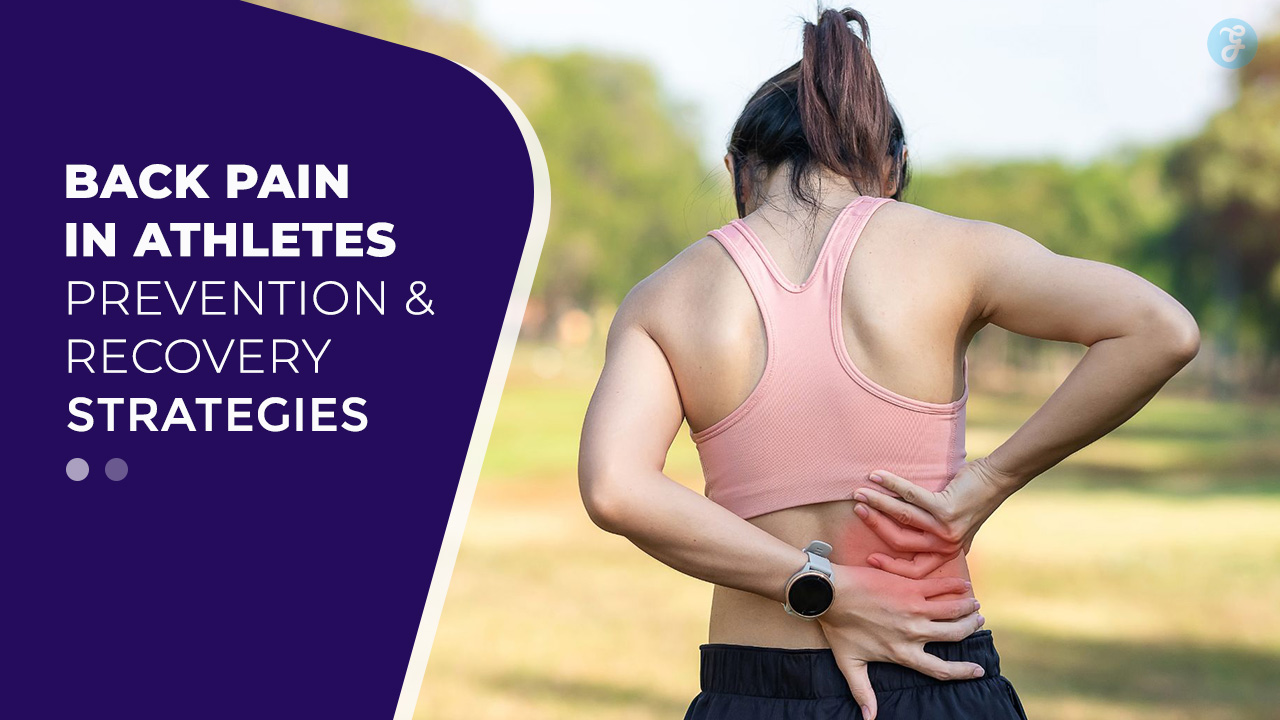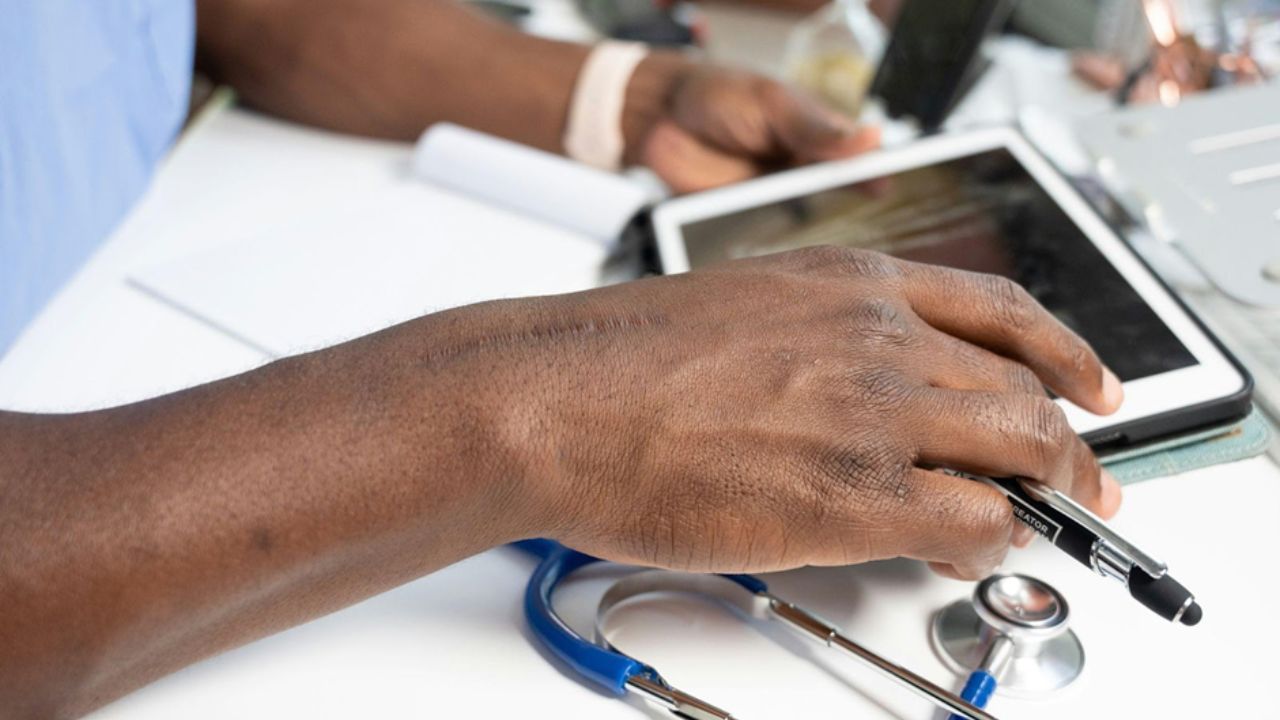Car accidents are stressful and can lead to disputes over who is at fault. Having clear evidence is crucial in these situations. Dashcam footage can play a vital role in strengthening your car accident claim. A dashcam captures real-time events, providing an unbiased account of the incident. This visual evidence can clarify the events leading to a collision, showing details like weather conditions and traffic signs. When presented in a claim, it can support your version of events and counter disputes. Ace Law Group emphasizes the importance of such evidence in legal proceedings. Without it, proving fault may rely solely on witness statements, which can be unreliable. Dashcam footage cuts through the confusion, offering clear, factual accounts that are hard to contest. In today’s fast-paced world, having this resource is not just useful—it can be a game-changer in the aftermath of a car accident.
Why Dashcams Matter
Dashcams are small cameras mounted on a vehicle’s dashboard or windshield. They record the road ahead and sometimes behind, capturing everything as it happens. This constant recording is what makes dashcams invaluable in accident scenarios. Other evidence like photographs or witness statements can be subjective or incomplete. Dashcams provide a continuous, unaltered view of the events leading up to and during a collision.
Key Benefits of Dashcam Footage
There are several advantages to using dashcam footage in your car accident claim:
- Verification: Provides a factual account of events, which helps verify the sequence and cause of the accident.
- Accuracy: Captures details that might be missed or misremembered, such as traffic signals or the speed of vehicles involved.
- Evidence: Offers concrete evidence that can support your case and reduce reliance on potentially biased witness testimonies.
How to Use Dashcam Footage
When involved in a car accident, knowing how to properly use dashcam footage is crucial:
- Retrieve the Footage: After an incident, secure the footage by saving it to a separate device or the cloud.
- Review the Content: Check the footage to ensure it clearly shows the relevant events leading up to the accident.
- Present to Your Legal Team: Share the footage with your lawyer to strengthen your claim.
Legal Considerations
While dashcam footage is a powerful tool, it’s essential to understand the legal aspects. Laws regarding dashcam use vary by state and country. Some regions have strict privacy laws that may restrict filming in certain areas. It’s advisable to familiarize yourself with local regulations. The National Highway Traffic Safety Administration provides resources on vehicle equipment standards that can guide you in understanding the legal use of dashcams.
Comparison: Dashcam vs. Other Evidence
| Type of Evidence | Advantages | Limitations |
| Dashcam Footage | Real-time, continuous, unbiased, captures multiple perspectives | Depends on camera quality and positioning |
| Photographs | Easy to capture, highlight specific damage or details | Static, can miss context before or after the accident |
| Witness Statements | Can provide multiple viewpoints | Subjective, prone to memory errors |
Staying Proactive
Using a dashcam is a proactive step in safeguarding yourself on the road. It’s not just about having evidence in case of an accident. Dashcams can also encourage safer driving habits. Knowing that your actions are recorded may lead to more cautious driving, reducing the risk of accidents.
Conclusion
Incorporating dashcam footage into your car accident claim can greatly enhance your ability to prove what happened. This evidence is clear, direct, and helps create a robust case. As we navigate busy roads and unpredictable conditions, having a dashcam is a smart and practical decision. It’s more than just a piece of technology—it’s an ally in ensuring justice and accountability on the road.


